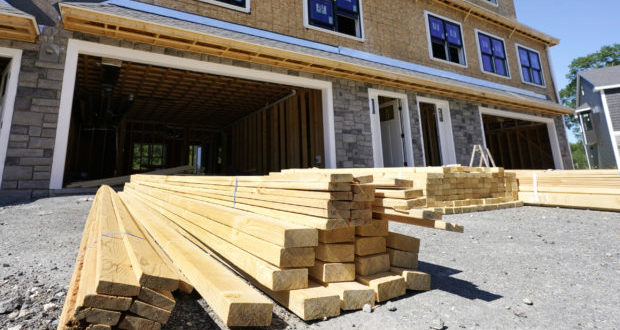[ad_1]
The construction industry, which has been constrained by labor shortages and higher materials prices, now also faces a rapidly deteriorating economic outlook and severely elevated borrowing costs.
That’s according to the Marcum Commercial Construction Index, which reports that while some construction segments retain momentum, there are signs that broader economic weakness have begun to drag on the industry.
“The number of unfilled construction jobs increased to 422,000 in September, the most in any month since at least 2000 when the Bureau of Labor Statistics began tracking it,” Anirban Basu, Marcum’s chief construction economist and author of the report, said in a company statement. “Contractors have a level of work under contract that necessitates more hiring, but there simply aren’t enough willing and able workers to fill those positions.”
Material price increases have slowed dramatically in recent months, but elevated input costs remain a major issue for contractors.
“Construction input prices have fallen ever-so-slightly back to earth in recent months but, as of September 2022, remain 40.5% above pre-pandemic levels,” Basu said. “To put that meteoric increase into context, construction input prices increased just 12.2% over the decade immediately preceding the pandemic.”
The Federal Reserve’s rapid interest rate increases have caused a precipitous increase in borrowing costs, and that has impacted the residential sector, with applications for new mortgages down to the lowest level since 1997. Despite higher interest rates slowing home sales, there are currently more new homes under construction than at any point since the Census Bureau began tracking it in 1970, however, Basu said that may have more to do with longer lead time and market conditions as compared to a year ago.
While nonresidential construction spending remains below pre-pandemic levels, manufacturing-related construction spending continues to surge.
“Supply chain issues related to the pandemic, tariffs implemented over the past half-decade, geopolitical unrest and the resulting increase in energy prices, among other factors, have induced many producers to reshore manufacturing capacity,” Basu said. “This has led to a massive 46.3 percent increase in manufacturing-related construction spending since the start of the pandemic.”
Ultimately, Basu expects recession in 2023 as elevated inflation, worker shortages, and a weakening global economy drag domestic GDP growth into contraction.
“The economy appears headed off a cliff, but it is not clear how far it will fall,” said Basu. “Regardless of the breadth and depth of recession, an economic downturn would lead to a decline in construction volume.”
[ad_2]
Image and article originally from libn.com. Read the original article here.

